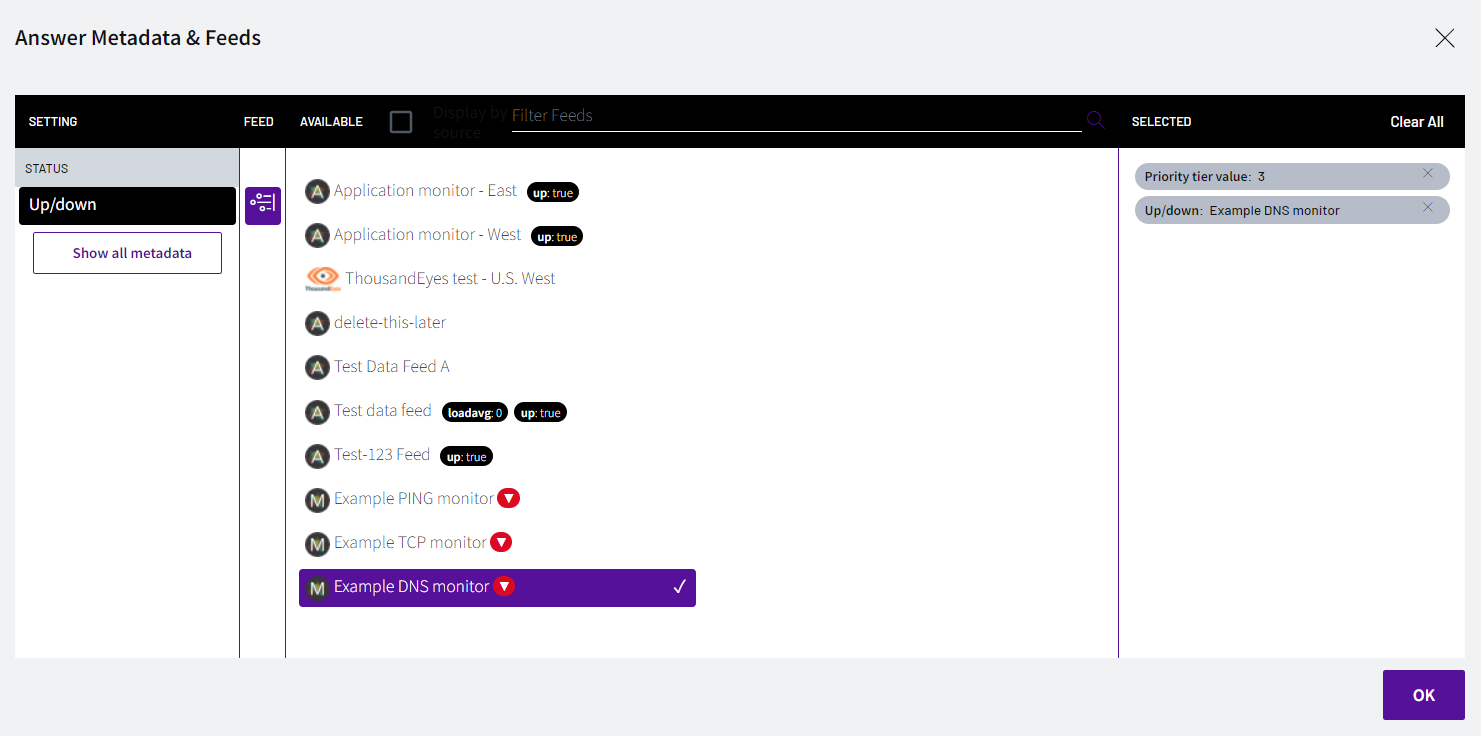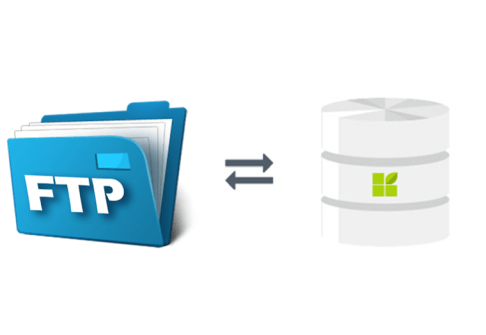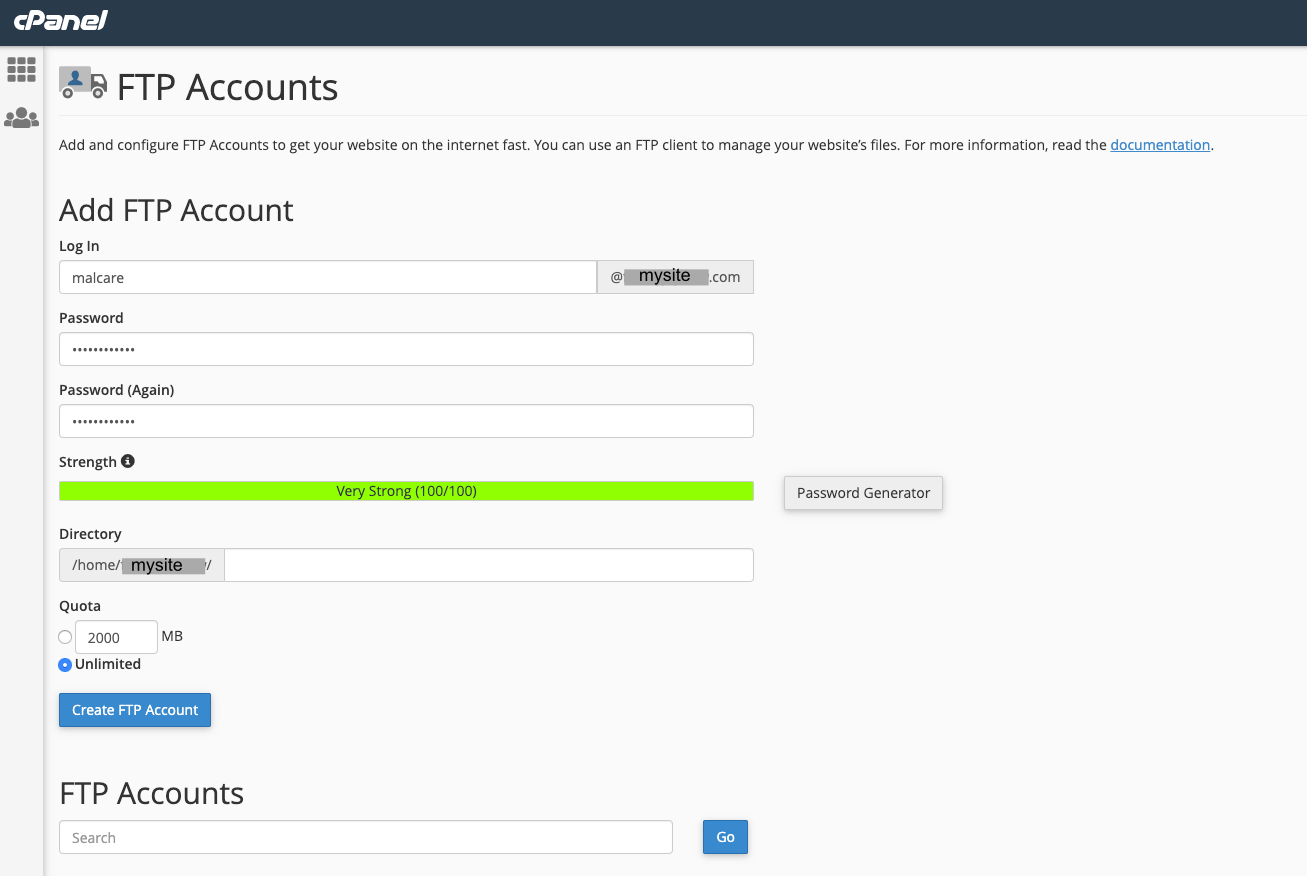
SSL certificates use several common fields. They include keyUsage and accessMethod. The most important of these fields is keyUsage extensions. Other fields that are common include keyPath, the organization name, and keyPath. These information are available in the Common field of SSL certificates article. This article also covers accessMethod extension of Organization Validation Certificates keyUsage.
Common fields in SSL certificates
SSL certificates can be issued in several fields. The first one is the certificate's signature algorithm, which contains the hashing and encryption algorithms. The certificate's second field is its body. It is encrypted with the issuer’s secret key and hashed. These fields allow you to identify the issuer of the certificate.
SSL certificates can also include an optional field, Subject Alternative Names (SAN). The SAN field lists the domain names for which a certificate is valid. Sometimes, a single certificate may have multiple SAN fields. These are known as Subject Alternative Name (SAN), or Unified Communications Certificatess (UCC). Although SSL clients tend to ignore the SAN field, it is important for web servers as well as SSL clients.

The validation level is another important aspect that makes SSL certificates valuable. Some certificates require a higher level of validation than others. Domain validation is the minimum level required for validation. Higher-level validations will require extensive background investigation. Although all three levels of validation offer the same level TLS encryption, the verification of an organization's identity is different. Domain validation requires that the owner of the domain provide proof. This can be done via email or by altering a DNS file. The whole process is automated.
KeyUsage Extension for EV Certificate
The keyUsage extension to an EV certifies an additional purpose. This extension allows applications to identify the correct key to verify a signed document. This extension can be critical or not, and should only be used for the purpose it was intended.
EV certificates are very valuable for high-profile websites which are often victims of phishing attack. These websites could include large technology companies as well banks and retailers. To protect customers, it is recommended that these websites use an EV SSL/TLS SSL/TLS certificate.
This extension can be used to sign an object-signing certificate. However, the same principles apply to a client's certificate. The keyUsage field should be unique and in a dot-separated numeric component notation. EV certificates must also comply with the rules specified by ISO, which are known as Object Identifiers.

Organization Validation certificate's accessMethod extension
To secure the web, Organization Validation certificates are used. They provide security beyond the domain level and are usually stored in the file format the certificate issuer specifies. These certificates are often encrypted and compatible with most server- and user agent software. A certificate of Organization Validation can only be used if the entity that requested it is legitimate, operational, and has control of the domain's hosting server.
The accessMethod extension defines the format in which issuer information may be accessed. It is part the PKIX Part 1 specification. It must match the key ID of the CA.
FAQ
Can I create my own website with HTML & CSS?
Yes! If you've read this far, you should now know how to create a website.
You now know how to build a website structure. Now you need to learn HTML and CSS coding.
HTML stands for HyperText Markup Language. It's like creating a recipe for a dish. It would list the ingredients, directions, and how to do it. HTML also tells a computer what parts of text should be bolded, underlined or italicized. It's the language for documents.
CSS stands for Cascading Style sheets. It is like a stylesheet that you use to create recipes. Instead of listing each ingredient and instructing, you can write down general guidelines for font sizes, colors and spacing.
HTML tells your browser how to create a web page. CSS tells you how.
Don't panic if either of these terms are confusing to you. Follow the tutorials and you will soon be creating beautiful websites.
What is a responsive web design?
Responsive Web Design is a method of designing responsive websites. It allows content to display on all devices (desktop computers, tablets and smartphones), so that it can be viewed easily on any device. This allows users access all features of a website, including navigation menus, buttons and buttons, on one device. RWD aims to ensure that every user who views a site is able to view it on any screen size.
You would, for example, want to make sure that a customer can view your website even on a mobile device.
A responsive site will adapt to the device used to view it. It will appear the same as a regular desktop website if you view it on your laptop. However, if you're viewing the page on your phone, it will display differently.
This means that you can create one website that looks great across all devices.
What does a UI designer do?
Designers of user interfaces (UI) are responsible for creating interfaces for software products. They design the visual elements and layout of an application. Graphic designers can also be included in the UI design team.
The UI designer should be able solve problems by understanding how people use computers.
A UI designer should have a passion for technology and software design. From the development of ideas to their implementation into code, a UI Designer must have a thorough understanding of all aspects.
They should be able to create designs using various tools and techniques. They must be able think creatively and find innovative solutions to problems.
They should be detail-oriented, organized and efficient. They must be able quickly and efficiently to create prototypes.
They should feel at ease working with clients, large and small. They must be able to adapt to various situations and environments.
They should be able and willing to communicate effectively with others. They should be able to express their thoughts clearly and concisely.
They should be well-rounded individuals who possess strong communication skills.
They must be driven, motivated, and highly motivated.
They should be passionate about their craft.
Is it better to hire a web designer than do it myself?
If you don't want to spend a lot, you shouldn't hire web designers. However, if you are looking for high-quality results, hiring someone to design your website might not be worth it.
The truth is, there are many different ways to build websites from scratch without the need for expensive professional designers.
If you're willing and able to invest the time and effort to create a stunning website, you can use free tools such as Dreamweaver or Photoshop to learn how to do it yourself.
It is possible to outsource your project to a freelance web developer, who will charge by the hour rather than per-project.
How can I make a website for free?
It all depends on the type of website you are trying to build. Are you looking to sell products online, start a blog, or build a portfolio?
You can make an essential website using only HTML and CSS (a combination of HyperText Markup Language and Cascading Style Sheets). While it's possible to create a simple website using HTML and CSS, most web developers recommend using a WYSIWYG editor such as Dreamweaver or Frontpage.
If you don't have experience designing websites, hiring a freelance developer might be the best option. They can help you create a custom website based on your needs.
A freelance developer may charge you either a flat-fee per project, or an hourly fee. The cost of hiring a freelancer varies depending on how much work they complete within a given timeframe.
For example, some companies charge $50-$100 per hour. Higher rates will be charged for larger projects.
You can also find jobs on many freelance websites. It is possible to search on these websites before reaching out directly to potential developers.
Do I use WordPress?
You can start small and build a solid web presence. If you have the time or resources to create a complete site, do so. You might start with a simple blog if you don’t have the time or resources. As you develop your website design skills, you can always add additional features.
It is essential that you have a primary domain name before you can start your first website. This will provide a point to which you can publish content.
How to create a static website
There are two options available to you when building your first static website.
-
Content Management System (a.k.a. WordPress): You can download this software and install it on your computer. It can be used to create a website.
-
Create a static HTML website: You'll need to code your HTML/CSS code. This is easy if you know HTML.
If you plan to build a large website, you may want to consider hiring an expert to create your static website.
Start by choosing option 2.
Statistics
- Studies show that 77% of satisfied customers will recommend your business or service to a friend after having a positive experience. (wix.com)
- When choosing your website color scheme, a general rule is to limit yourself to three shades: one primary color (60% of the mix), one secondary color (30%), and one accent color (10%). (wix.com)
- Did you know videos can boost organic search traffic to your website by 157%? (wix.com)
- Is your web design optimized for mobile? Over 50% of internet users browse websites using a mobile device. (wix.com)
- At this point, it's important to note that just because a web trend is current, it doesn't mean it's necessarily right for you.48% of people cite design as the most important factor of a website, (websitebuilderexpert.com)
External Links
How To
What is Website Hosting?
Website hosting describes where visitors go when they visit a site. There are two types.
-
The cheapest option is shared hosting. Your website files reside in a server managed by another company. Customers who visit your website send their requests via the Internet over to that server. The owner of the server then hands off the request to you.
-
Dedicated hosting - This is the most expensive option. Your website is located on only one server. There are no other websites sharing space on the server. Your traffic remains private.
Shared hosting is cheaper than dedicated hosting for most businesses. Shared hosting allows you to have your website run by the company who owns the server.
However, both have their advantages and disadvantages. Here are the differences:
Shared Hosting Pros
-
Lower Cost
-
Easy To Set Up
-
Frequent Updates
-
It can Be Found On Many Web Hosting Companies
You can get shared hosting for as low as $10 per monthly. But keep in mind that this price usually includes bandwidth. Bandwidth refers the data that you can transfer over the Internet. Even if you are only uploading photos to your blog site, high data transfer rates can still cost you extra.
You'll soon discover why you paid so much more for your previous host when you get started. Most shared hosts don't offer any customer support. Their techs will occasionally walk you through setting up your site, but you're on your own after that.
It is important to find a provider that provides 24-hour support. They will attend to any issues you have while you sleep.
Cons of dedicated hosting
-
More Expensive
-
Less is More
-
Requires special skills
With dedicated hosting you will have everything you need to manage your website. You won't worry about how much bandwidth you are using or how much RAM (random Access Memory) you have.
This means that you will have to pay a little more upfront. But once your online business starts, you'll realize you don't need any technical assistance. You'll become an expert at managing your servers.
Which is better for my business?
This depends on the kind of website that you want. If you're selling products only, shared hosting might work best. It's simple to set it up and keep it updated. Because you share a server, you will most likely receive frequent updates.
If you are looking to create a community around your brand, dedicated hosting is the best option. You can put your efforts into building your brand, and not worry about how to handle your traffic.
Bluehost.com has both. Bluehost.com offers unlimited monthly data transfers, 24/7 customer support, domain registrations free of charge, and a 30-day guarantee for your money back.